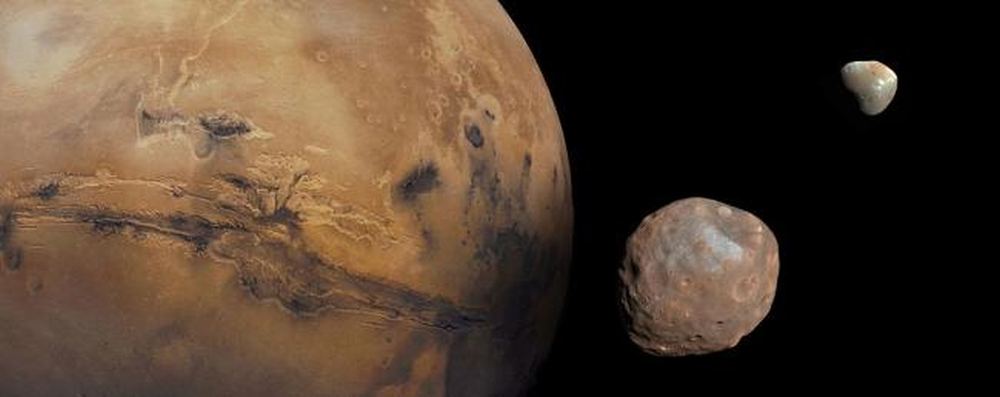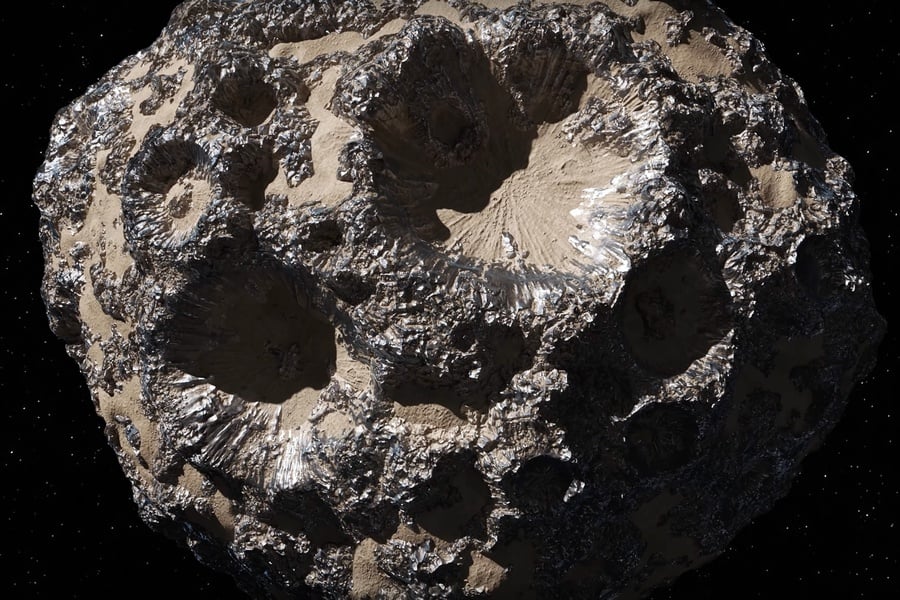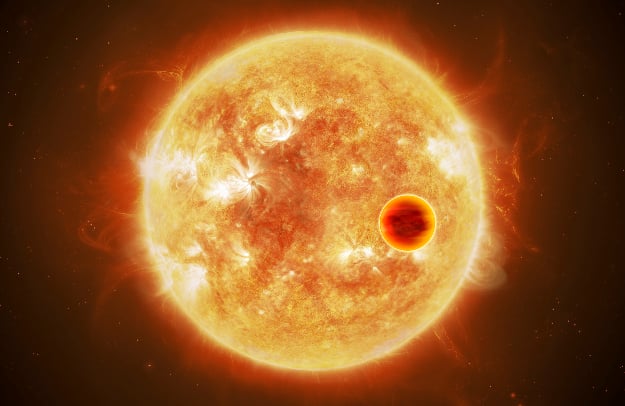
A new study has shown how gravitational waves can be used to detect exotic particles orbiting black holes.
Continue reading

Mars Curiosity rover continues to make impressive scientific findings as it gets closer to marking its tenth anniversary on Mars!
Continue reading

SpaceX is building another "Mechazilla" launch tower at Launch Complex-39A at the NASA Kennedy Space Center in Florida.
Continue reading

Astronomers have discovered a neutron star so young it's barely a teenager.
Continue reading

BepiColombo's stunning close pass by Mercury on Thursday provides a prelude of what's to come.
Continue reading

South Korea just became the 11th member of the space club, and the seventh nation to launch a commercial payload!
Continue reading

The MeerKAT array just combined the power of its 64 radio telescopes to create a single telescope, which is already allowing for cutting-edge cosmological research!
Continue reading

Unfortunately, China's 500-Meter Aperture Spherical Telescope (FAST) did NOT detect possible alien signals, only radio interference from Earth.
Continue reading

The famous Wow Signal might be a repeating radio burst, and astronomers might soon prove it.
Continue reading

The third Gaia Data Release (DR3) has been released, and is already leading to some major breakthroughs in astronomy!
Continue reading

The samples obtained by Hayabusa2 have revealed that the Near Earth Asteroid Ryugu contains 20 strains of amino acids - the buildings blocks of life!
Continue reading

An international team has come up with a new explanation for Fast Radio Bursts based on their study of a "newborn" neutron star
Continue reading

SpaceX just completed its FAA environmental review and is one step closer to conducting orbital test flights!
Continue reading

In a series of papers, amateur astronomer and exoplanet researcher Alberto Caballero narrows down who could have sent the Wow! Signal and how many hostile civilizations could be listening to our transmissions.
Continue reading


















































